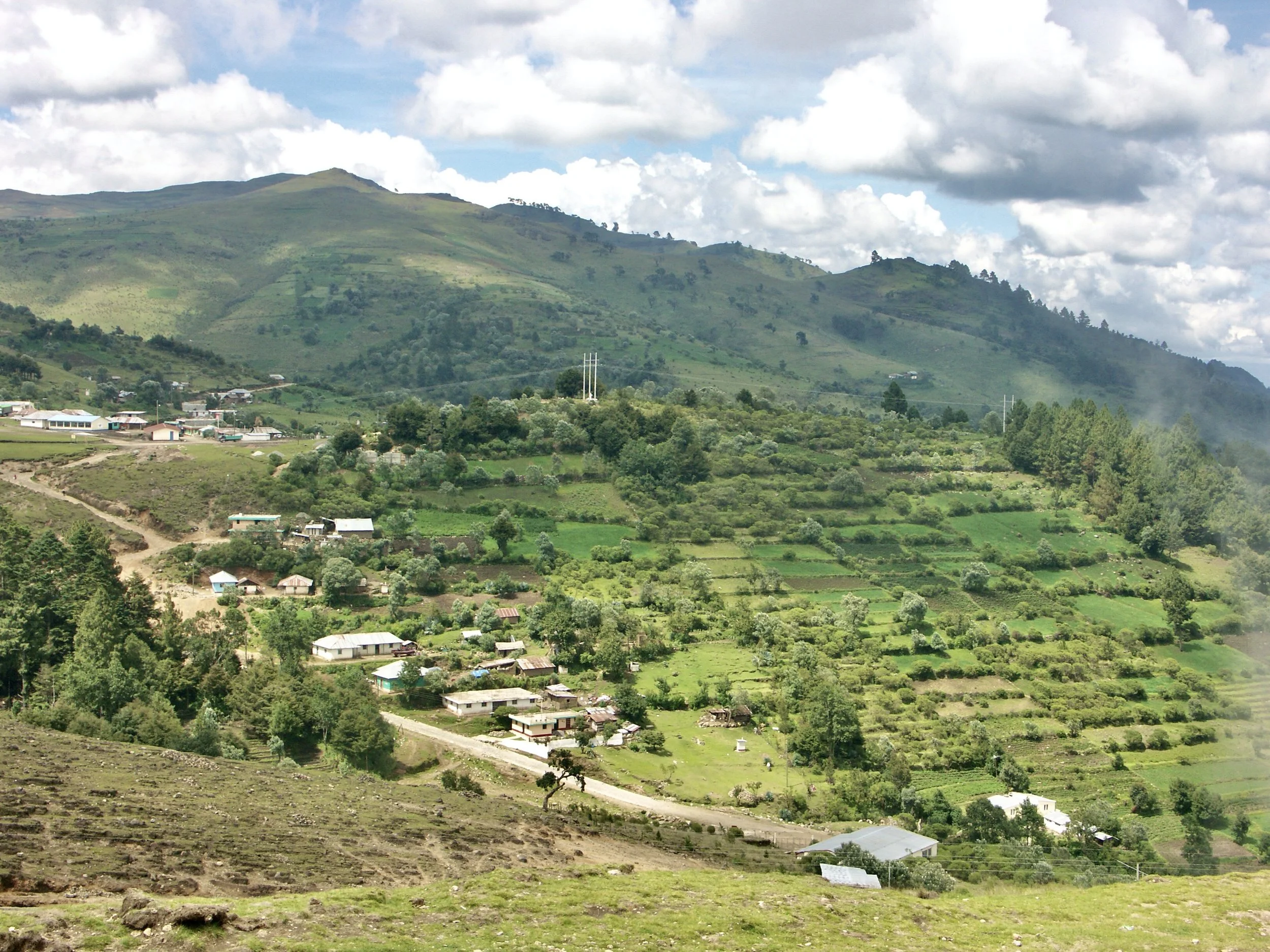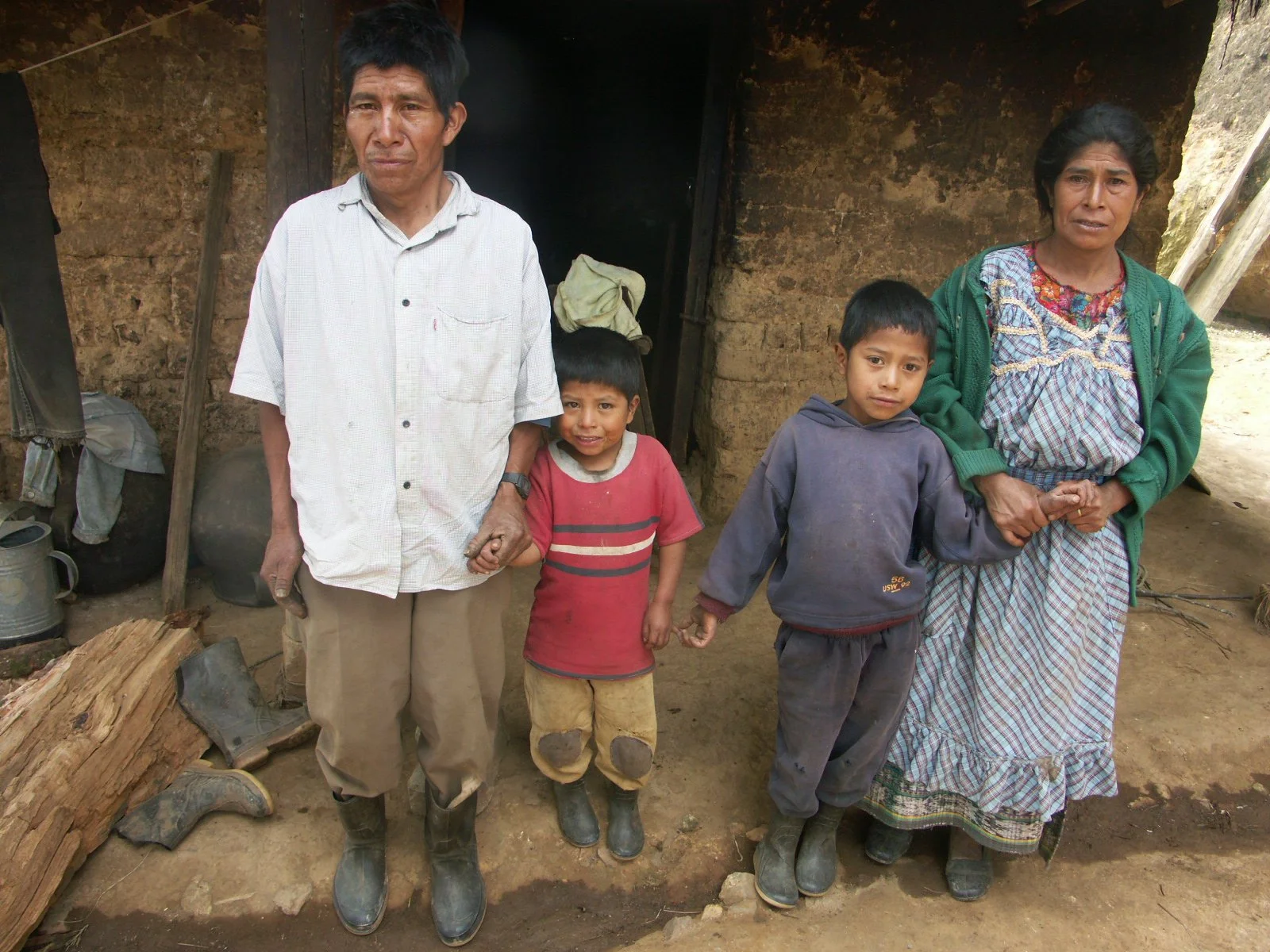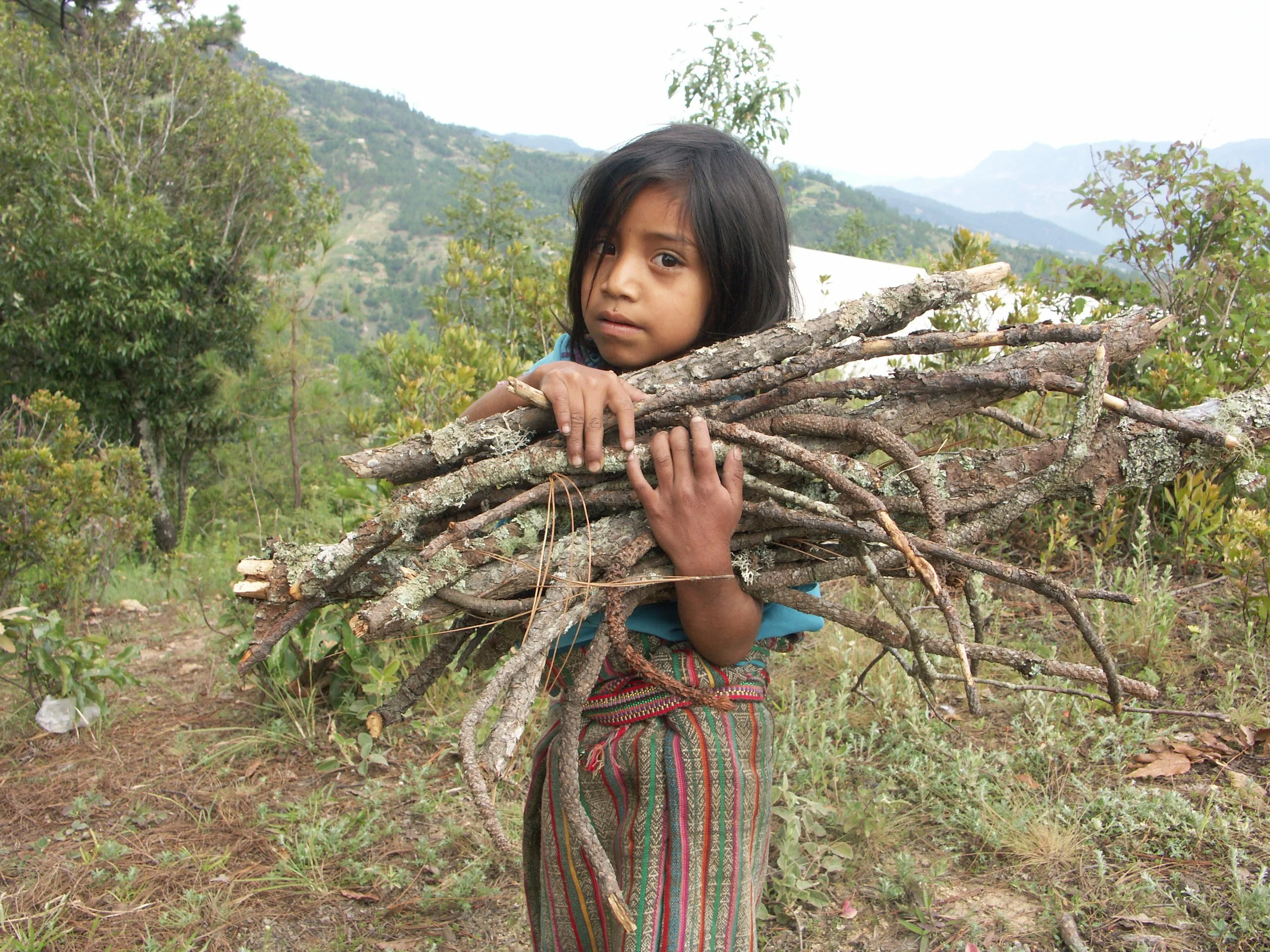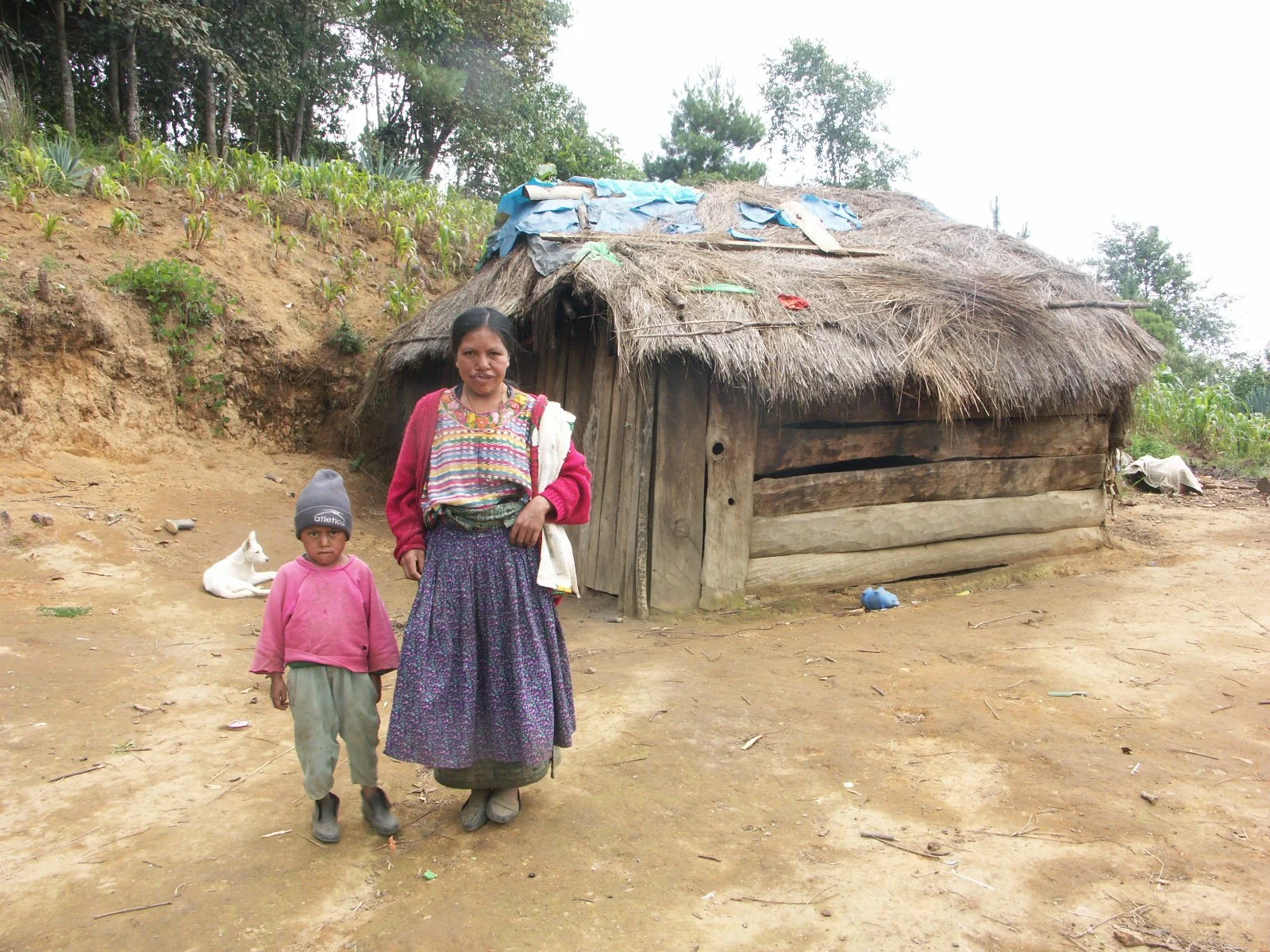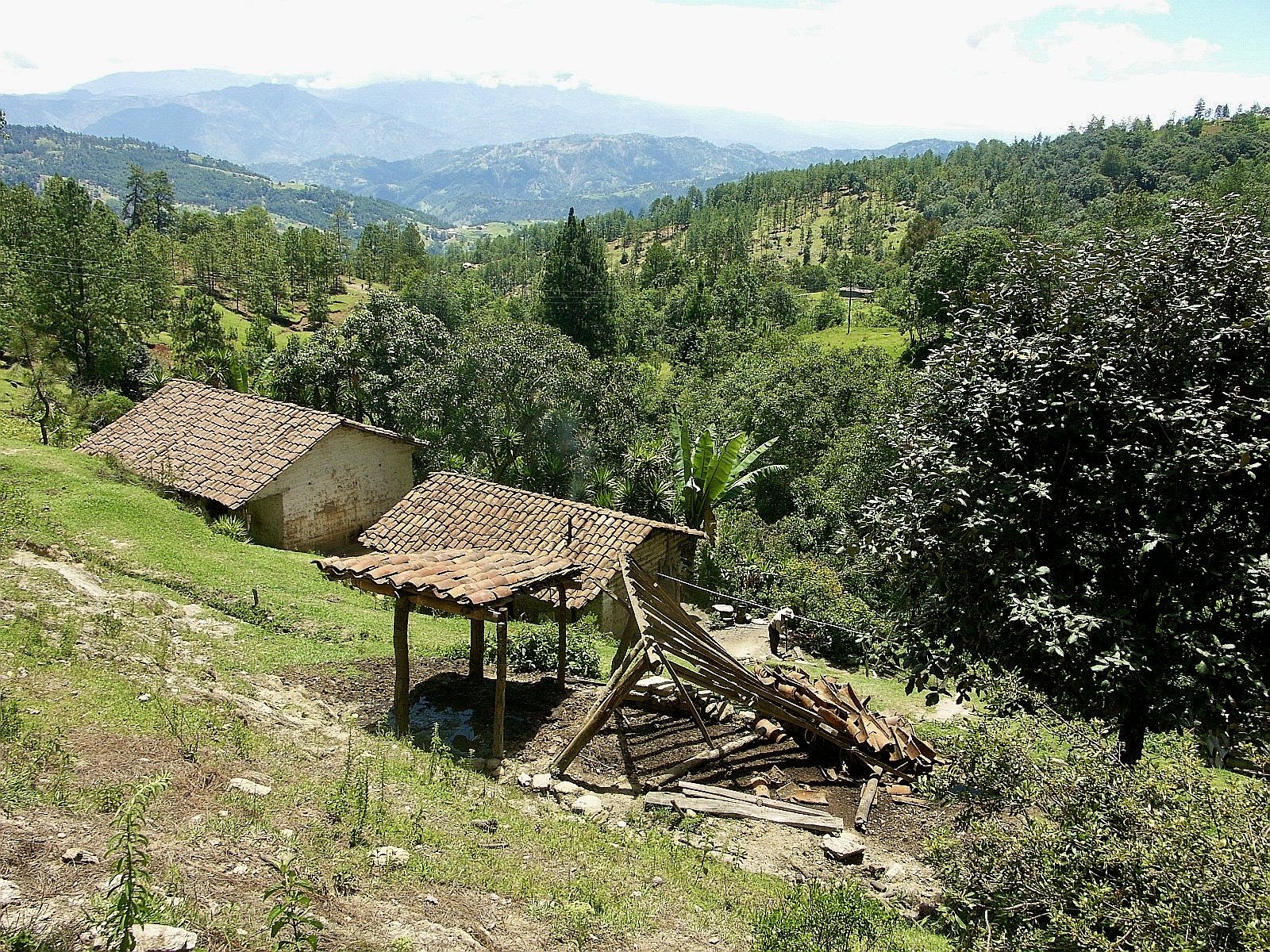We connect vulnerable Guatemalan children and
families with the resources and medical care they need to thrive.
MHI works in the Guatemala’s Western Highlands known as the “Altiplano”, the poorest area in Guatemala that faces a combination of poverty, illiteracy, and inequality. The region’s health system is characterized by lack of access to health care services, outdated equipment, lack of medical providers and supportive staff, and cost barriers.
Map of Guatemala
Department of San Marcos “Altiplano” / western highlands
ABOUT Guatemala
Guatemala, a Central American country south of Mexico, is home to volcanoes, rainforests and ancient Mayan sites. With an estimated population of around 16.6 million, it is the most populated country in Central America and one of the world’s poorest countries. Although Guatemala’s official language is Spanish, 40% of its inhabitants speak indigenous language. The territory of modern Guatemala once formed the core of the Maya civilization. The country was conquered by Spain in the 16th century, becoming part of the viceroyalty of the new Spain. Guatemala attained independence in 1821.
From the mid to late 19th century, Guatemala experienced chronic instability and civil strife. Beginning in the early 20th century, it was ruled by a series of dictators backed by the United Fruit Company. In 1944, authoritarian leader Jorge Ubico was overthrown by a pro-democratic military coup, initiating a decade-long revolution that led to sweeping social and economic reforms. A U.S. backed military coup in 1954 ended the revolution and installed a dictatorship.
a country in recovery
From 1960 to 1997 Guatemala endured a brutal 30-year civil war from which the country continues to recover. During the time of the war more than 200,000 indigenous Mayans were killed or forcibly disappeared. The result is an ethnic group largely pushed to the sidelines and missing the basic access to health care, education and other public services.
The poverty rate in Guatemala is very high. According to the World Bank, 59.3% of the population lives below the poverty line. In addition, 23% live in extreme poverty. The indigenous populations are the most affected. It is estimated that 79% of them live in poverty , while 40% of them live in extreme poverty. The indigenous have lower rates across the board in all measures of wellbeing.

